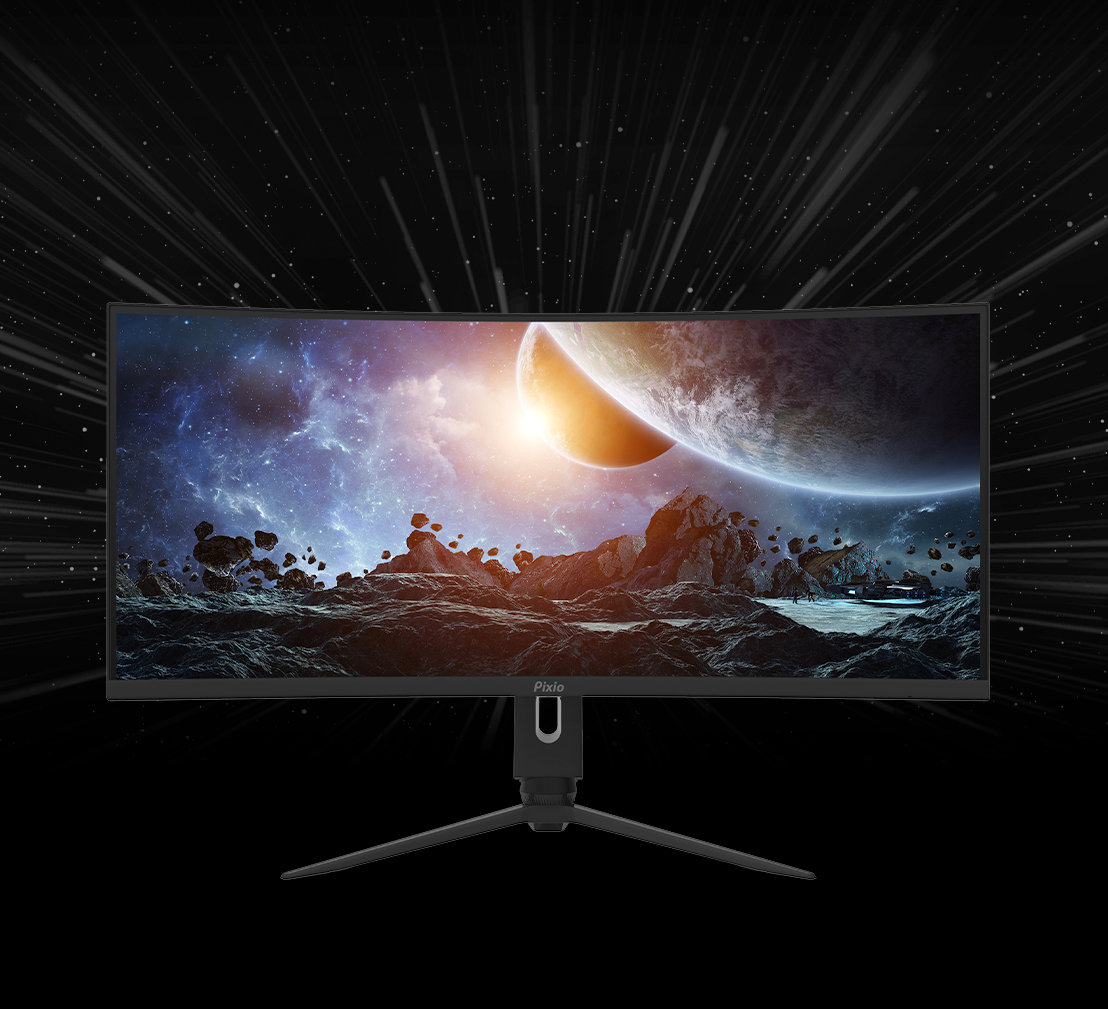Choosing the perfect monitor setup is crucial for maximizing productivity and workflow. The expansive ultrawide monitor and the classic dual-monitor setup are two of the most popular options. But which one unlocks the key to maximizing your productivity? We'll explore the strengths and weaknesses of each option to help you make an informed decision.
Ultrawide Monitor
An ultrawide monitor boasts a panoramic aspect ratio, typically 21:9, offering a significantly wider viewing area compared to traditional 16:9 displays. Imagine having two monitors seamlessly stitched together, eliminating the bezel in the middle. This expansive display translates to several benefits:
- Enhanced Multitasking: Juggling multiple windows and applications will be a breeze. You can keep essential tools and documents side-by-side without minimizing or constantly switching windows.
- Immersive Experience: Video editors, graphic designers, and other creatives can benefit from the extended field of view. They can see more of their project at once, allowing for smoother workflows and intricate detail work.
- Reduced Bezels: Compared to a dual-monitor setup, ultrawide displays minimize bezels, creating a cleaner and more immersive aesthetic for your workspace.
However, ultrawide displays also come with some drawbacks:
- Higher Cost: Generally, ultrawide monitors have a steeper price tag compared to purchasing two individual monitors, especially in larger sizes.
- Software Compatibility: Not all software is optimized for the ultrawide aspect ratio. You might encounter black bars on the sides of certain applications or experience scaling issues.
Dual Monitors
Dual-monitor setups, featuring two individual monitors, have been a staple of productivity for years. Their popularity stems from several advantages:
- Customization: You have complete control over the arrangement and orientation of each monitor. One monitor can be used for your main tasks, while the other displays reference materials, chat windows, or other secondary applications.
- Flexibility: You can easily add a third or even a fourth monitor if your workflow demands more screen real estate.
- Potentially Lower Cost: Depending on the monitor size and quality, a dual-monitor setup can be more cost-effective than a single ultrawide monitor.
There are downsides to consider as well:
- Bezel: The bezels between the two monitors can create a visual distraction and disrupt the visual flow, especially when working on tasks that require seamless continuity across the screens.
- Desk Space: Dual monitors require more desk real estate compared to a single ultrawide monitor.
- Desk Clutter: Managing cables for two separate monitors can lead to clutter and a less organized workspace.
Choosing Your Perfect Match
So, which setup is better? The answer, like most things in tech, is that it depends! Here's a breakdown to help you decide:
Ultrawide is Ideal For:
-
Content creators who benefit from a wider workspace.
-
Multitaskers who juggle multiple applications simultaneously.
-
Those who prioritize a clean and bezel-free aesthetic.
Dual Monitors are Ideal For:
-
Users who require customization and flexibility.
-
People with workflows that benefit from having dedicated screens for specific tasks.
Whether you choose ultrawide monitors or dual monitors, both setups offer distinct advantages for different user needs. Consider your workflow, budget, and workspace limitations before making your decision. Remember, the perfect monitor setup is the one that empowers you to be most productive and comfortable!



0 comments